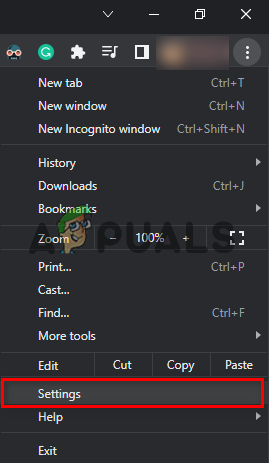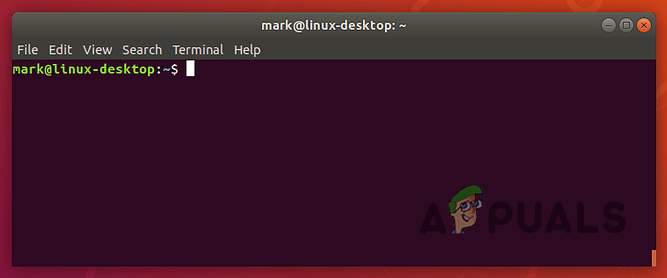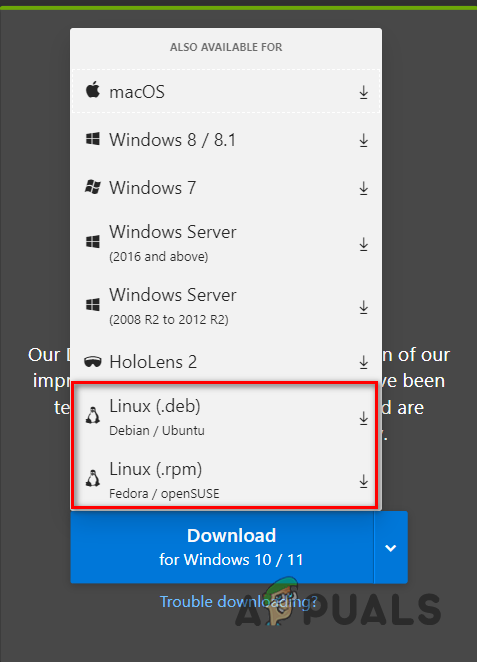Fix: This Page is Having a Problem – Error Code: SIGILL
When trying to load any website on Chromium-based browsers, such as Google Chrome, Microsoft Edge, and Brave, you may experience an error message that reads “This page is having a problem.” This message is accompanied by an error code named “SIGILL.

It mainly occurs on Linux and its distributions, such as Ubuntu and Fedora Linux. Many users have reported that this error began occurring after they updated their Fedora Linux to Fedora 37 or 38.
To help you resolve this error, we have prepared this guide, which will show you all possible solutions for the SIGILL Error Code.
1. Update your browser.
A large number of Linux distro users have experienced the SIGILL error on their Chromium-based browsers and have reported it on forums. Due to the sheer volume of reports on these forums, Microsoft, Brave, and many other developers have quickly released updates to their browsers that fix this issue.
Therefore, before trying any complicated troubleshooting methods, the first thing you should do is download the latest version of your browser. This will most likely resolve the issue for you.
However, if the error does not go away even after you have updated your browser, try the solutions we have listed below.
2. Set security to ‘No Protection’ (for Google Chrome users).
If you are experiencing this error specifically on your Google Chrome browser, a solution that has worked for many people online is setting the Security Level of the browser to No Protection.
While this may seem like a dangerous thing to do, as long as you have antivirus and/or firewall software active, your browsing experience will remain perfectly safe even if you set Chrome Security to ‘No Protection.’
Follow the steps we’ve listed below to set Google Chrome’s Security Level to No Protection:
- Open Google Chrome.
- Click on the three dots at the top-right corner of the window and select “Settings.

Opening Google Chrome Settings - Click on Privacy and Security in the list of options on the left.
- Select Security.

Opening Chrome Security Settings
- Select “No Protection.

Setting Security to No Protection
After following these steps, load a website and see if you are experiencing the same error. If the error continues to occur, try the next solution we have listed below.
3. Downgrade to an older version of the browser.
If you are experiencing this error on Linux, Ubuntu, or Fedora Linux, the error could be a result of an incompatibility issue between your browser and OS.
Therefore, downgrading to an older version of your browser has a high chance of fixing your issue.
An easy way to downgrade your browser is to enter a command in the Linux terminal. First, open a terminal window by pressing Ctrl + Alt + T simultaneously.

If you are using Microsoft Edge, paste the following command into the terminal and press Enter. This will roll back your browser to version 112.0.1722.48, which is a perfectly stable version.
sudo apt install microsoft-edge-stable=112.0.1722.48-1
If you are using the Beta or Dev version of Edge, simply replace ‘stable‘ with ‘beta‘ or ‘dev‘ in the command above.
If you are using any other browser, such as Mozilla Firefox, you will need to enter the following commands:
apt-cache policy firefox wget https://ftp.mozilla.org/pub/firefox/releases/91.0/linux-x86_64/en-US/firefox-91.0.tar.bz2 dpkg -i firefox-91.0.tar.bz2
The apt-cache policy command is used to find the latest version of the browser installed on your system. The wget command is employed to download the older version of the browser from the internet, and the dpkg -i command is utilized to install the downloaded package.
4. Install the beta or dev version of Microsoft Edge.
According to many online reports, users have resolved this issue by simply installing the Beta or Dev version of Microsoft Edge. These versions of Microsoft Edge are regularly updated with features not available in the normal version.
There seems to be a compatibility issue between the normal version of Edge and the latest builds of Linux distributions. Therefore, installing either the Beta or Dev version of the browser can solve your issue.
To download any one of these versions, visit this website. Make sure to click on the arrow next to “Download” and select the Linux version.

Alternatively, you can simply enter this command into the terminal to install Edge Dev or Beta.
sudo apt install microsoft-edge-dev sudo apt install microsoft-edge-beta
Once it’s downloaded and installed on your computer, you should be able to browse the internet without any issues.
5. Roll back to an older version of Fedora Linux (if applicable).
If you’re using the Fedora Linux OS, rolling back or downgrading to an older version of the OS has a high chance of fixing your issue. This is because the error seems to be associated with versions 37 and 38 of Fedora Linux. Therefore, rolling back to a previous version can eliminate the error.
Before rolling back, ensure that you back up your data. This step is important because downgrading Fedora Linux can potentially damage your system. To back up your data, you can use a variety of tools, such as the tar command or dedicated backup software.
Once you are ready to perform the rollback, there are two ways you can do it: you can either do a temporary rollback or a permanent one.
To perform a temporary rollback, restart your system and hold the Shift key on your keyboard while the OS is booting. This will cause the bootloader to appear, which will allow you to select the previous OS deployment.
To perform a permanent rollback, first, you will need to open the terminal (press Ctrl + Alt + T) and execute the following commands:
sudo systemctl stop zincati.service sudo rpm-ostree rollback -r
The first command disables automatic updates, while the second command marks the previous OS deployment as the default OS and instantly restarts into it.
If you have any further inquiries on the rollback process, you can visit the official website of the Fedora project for help.





